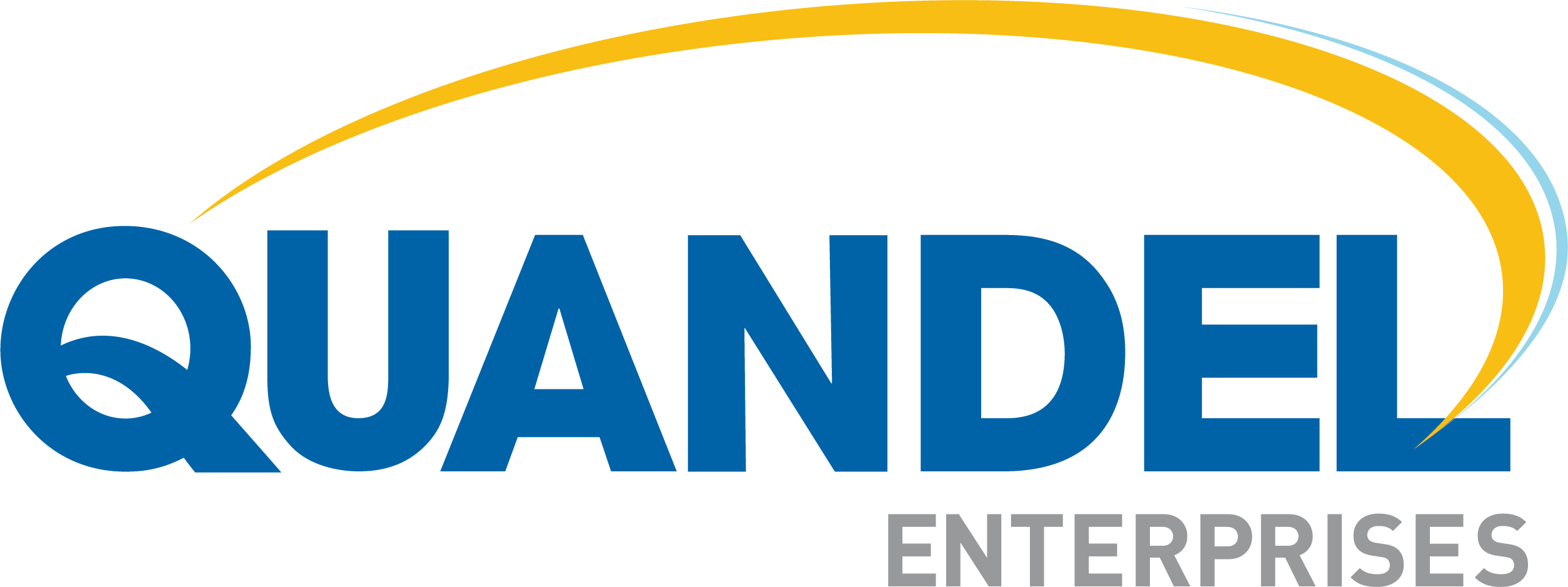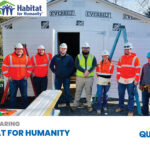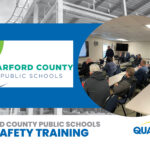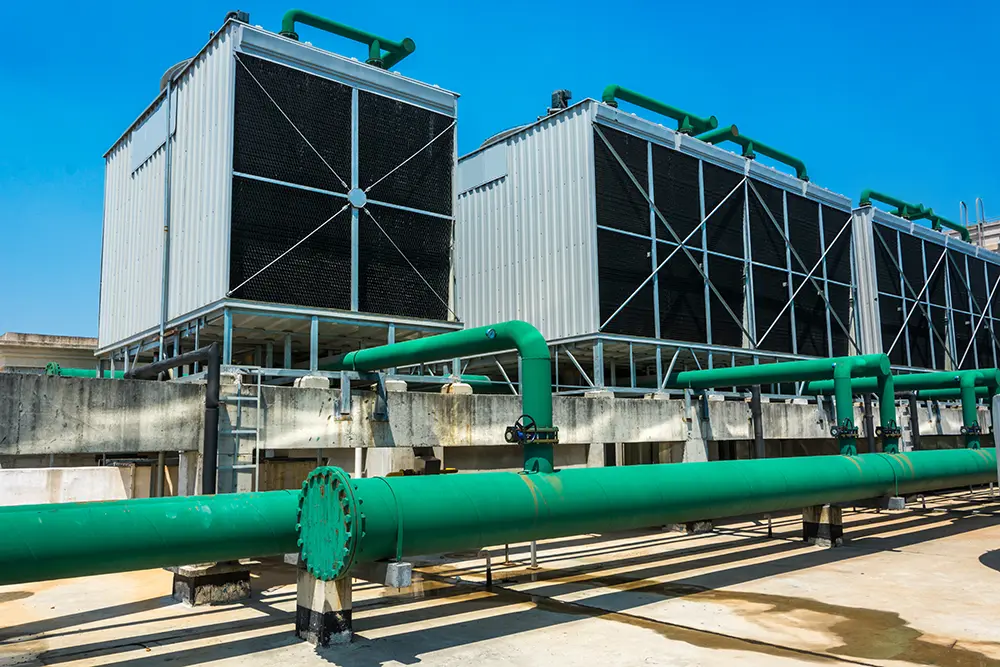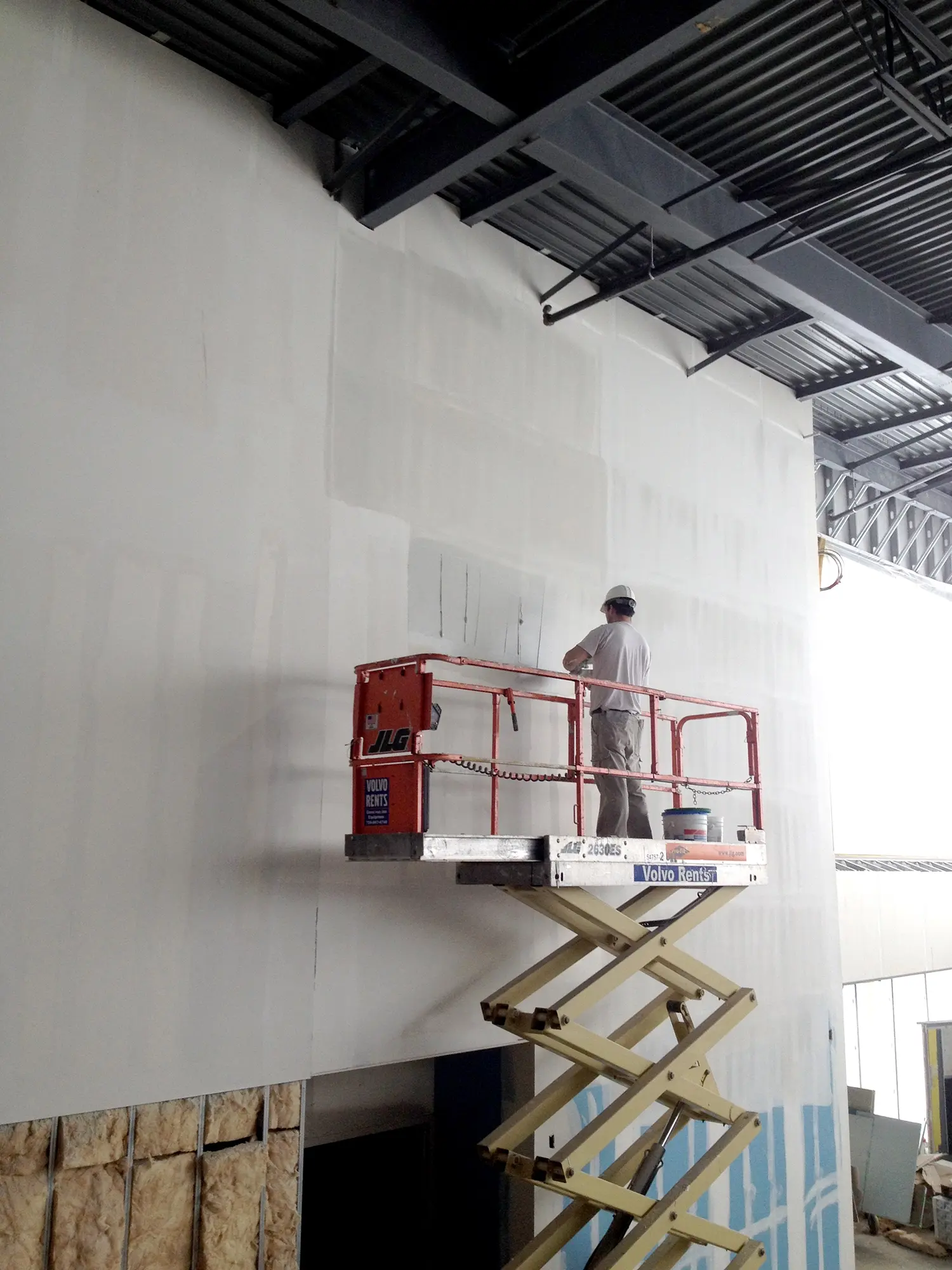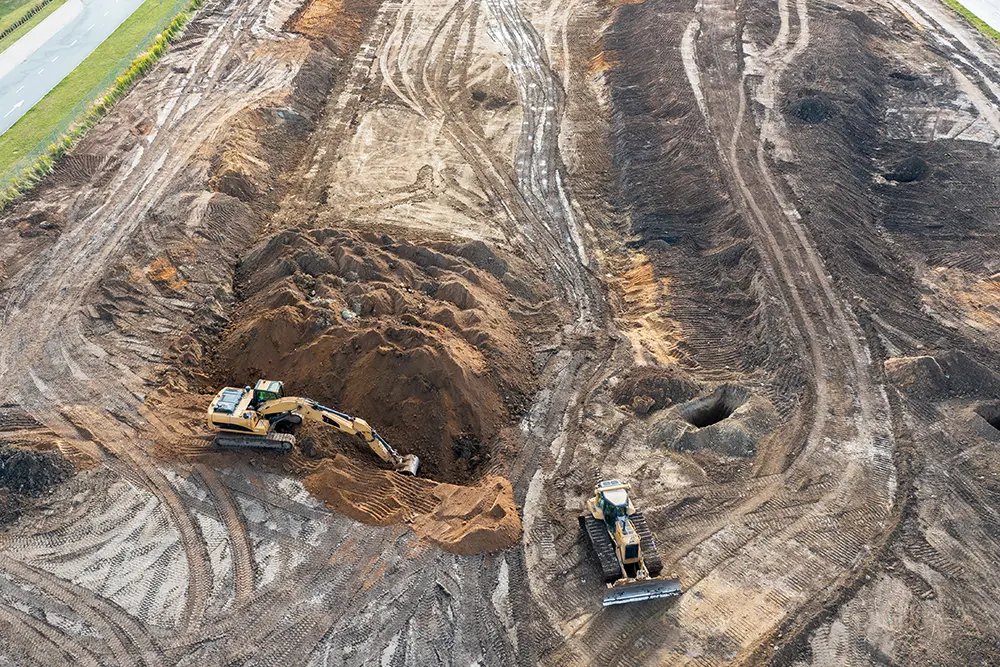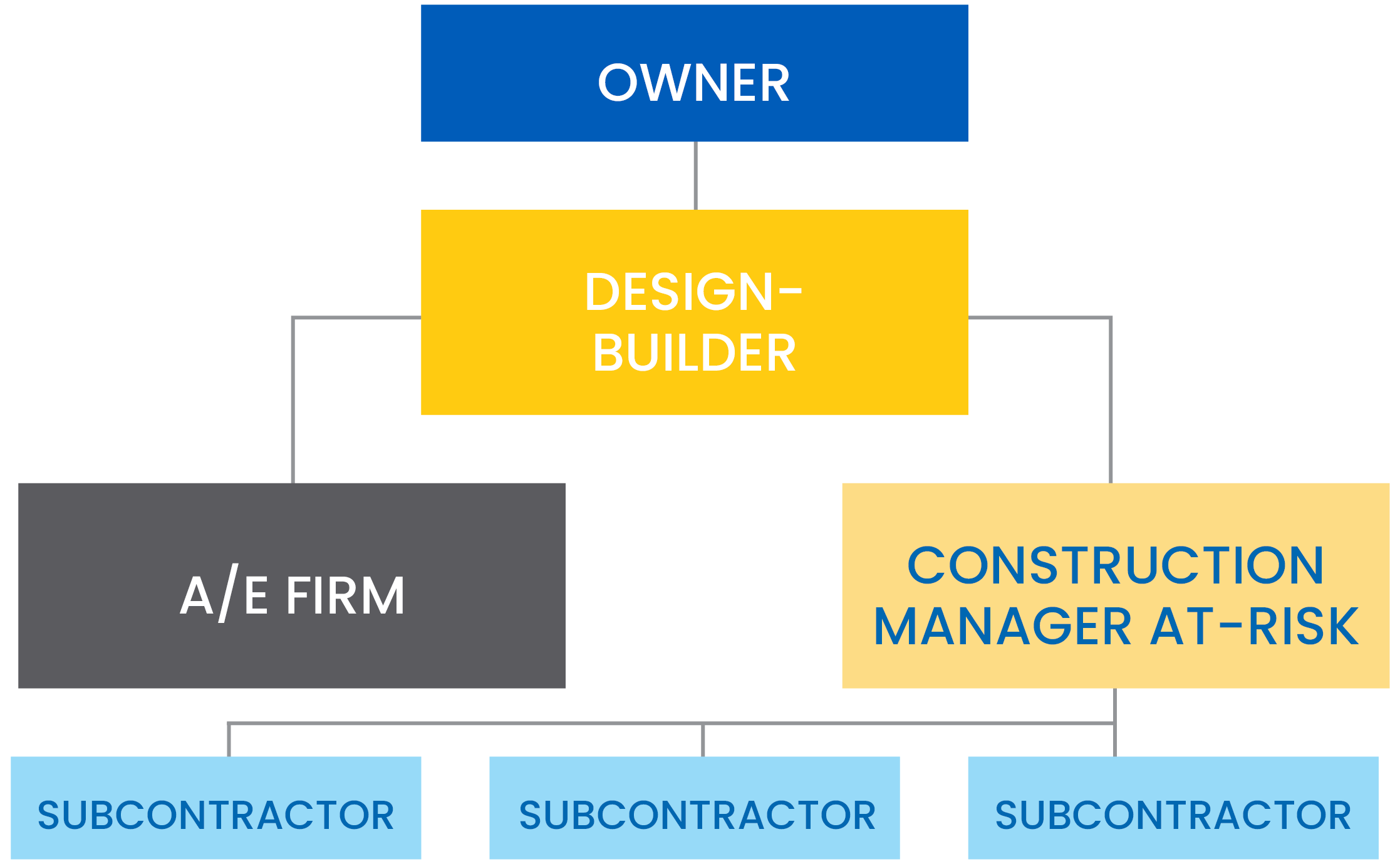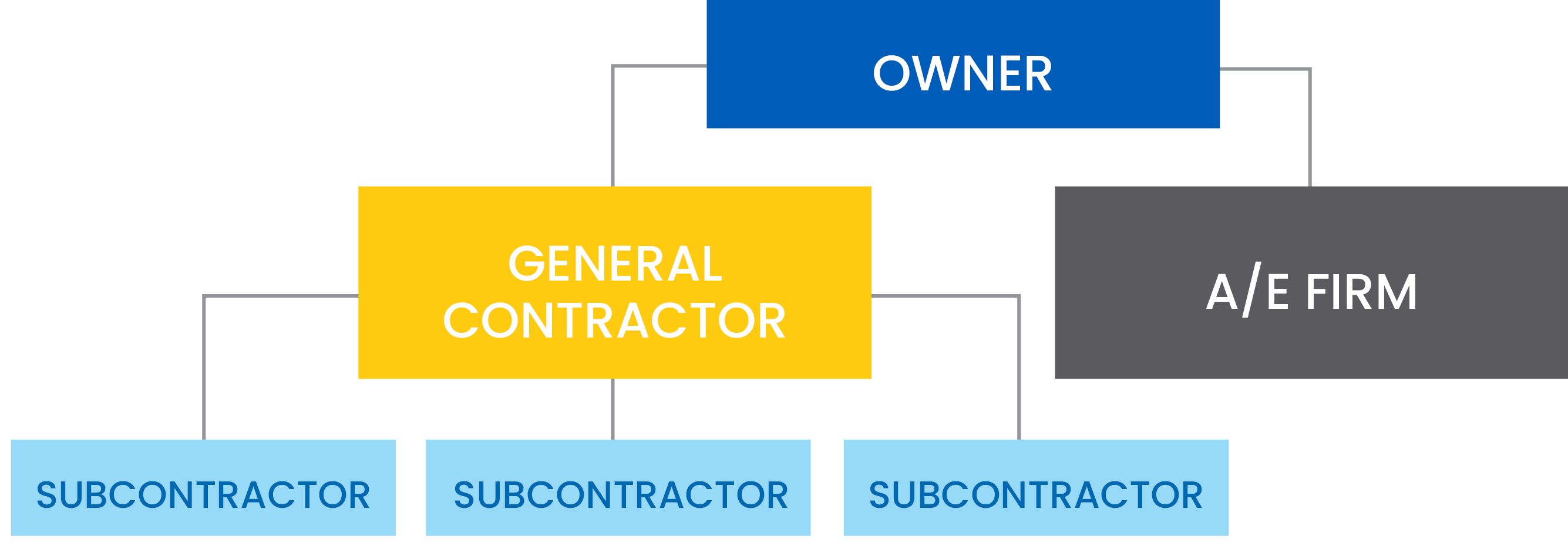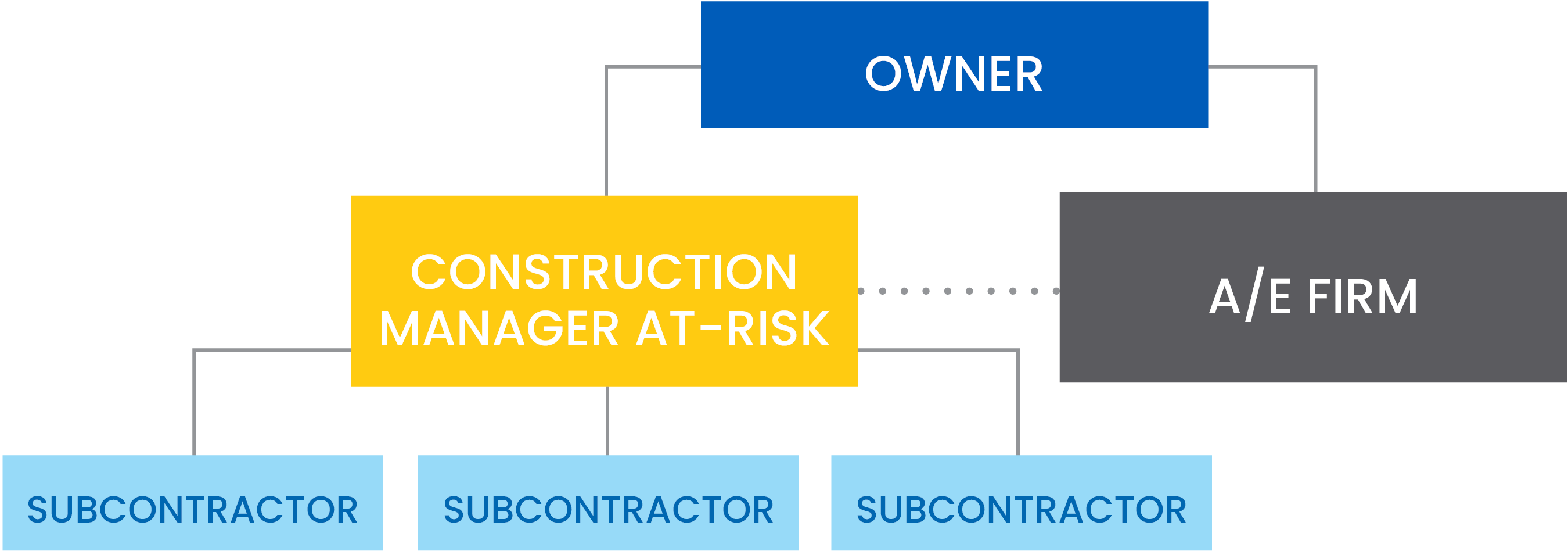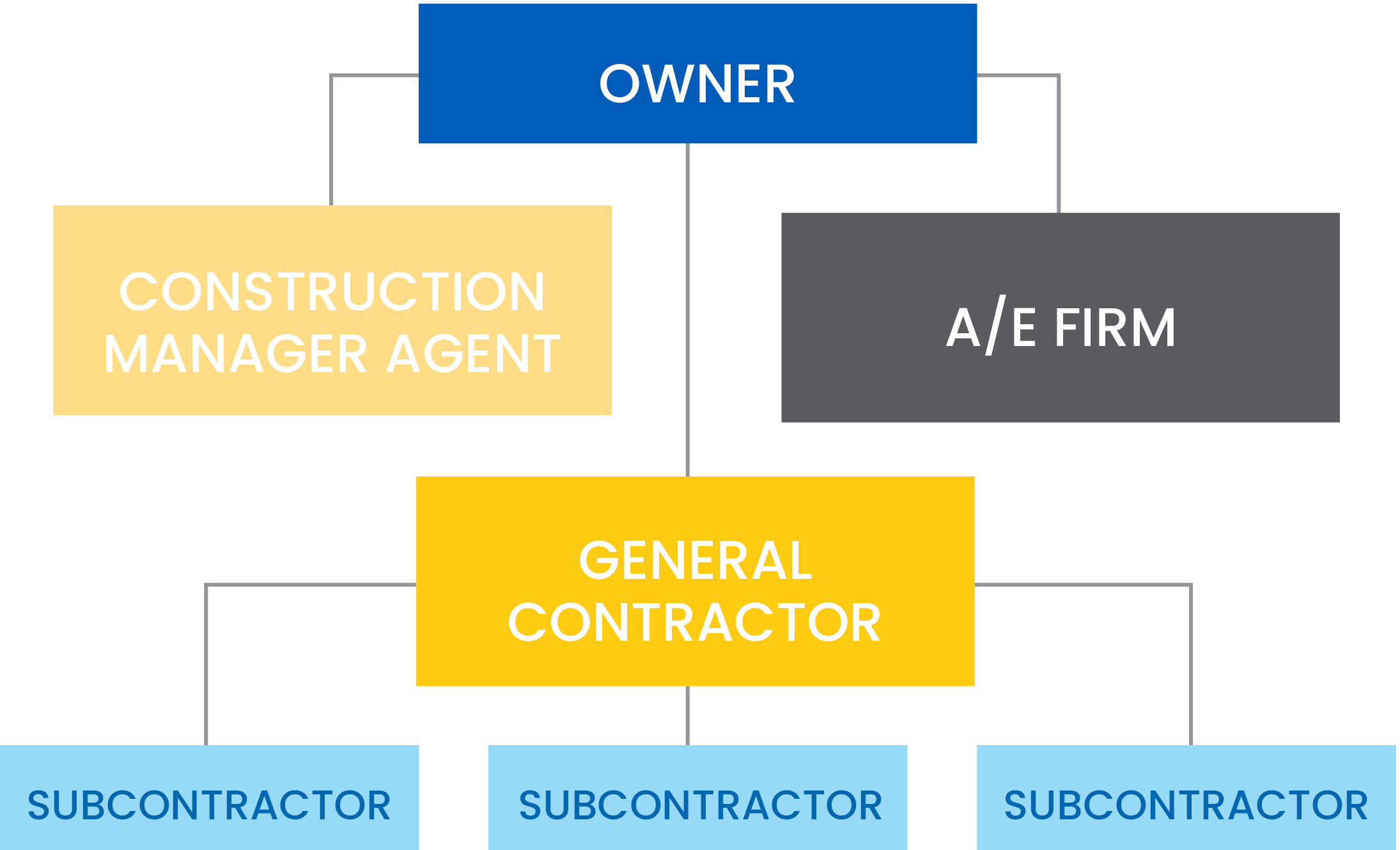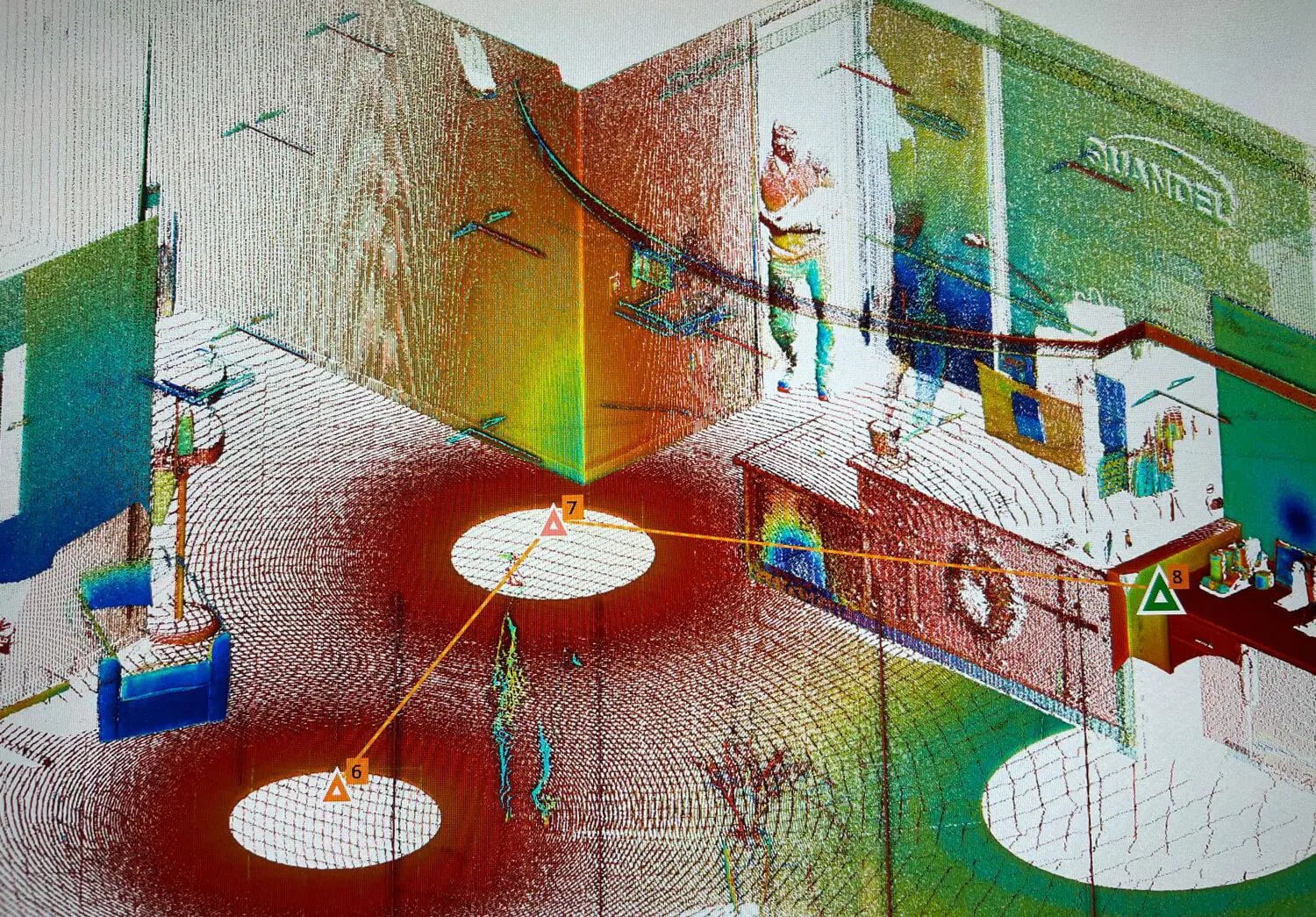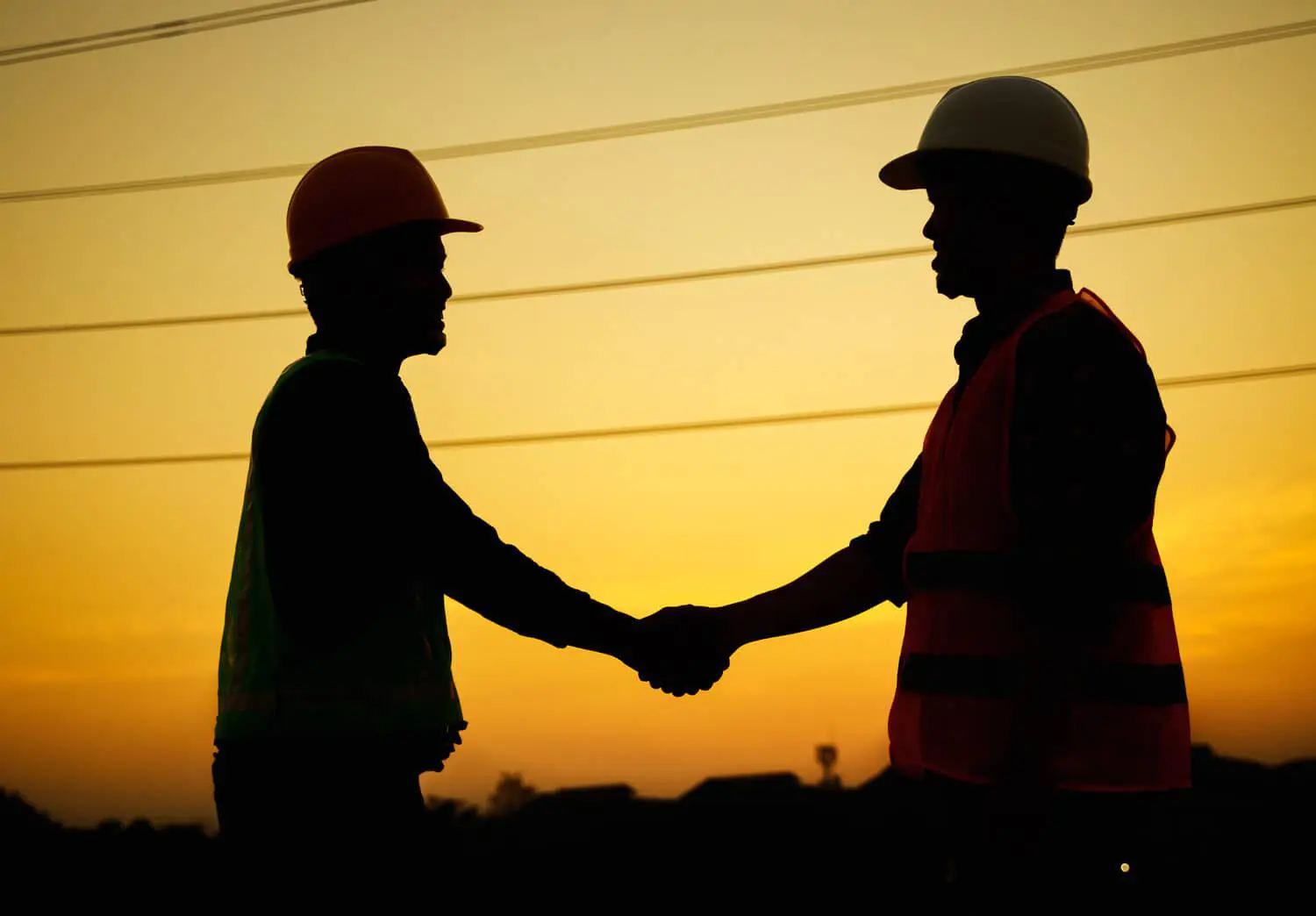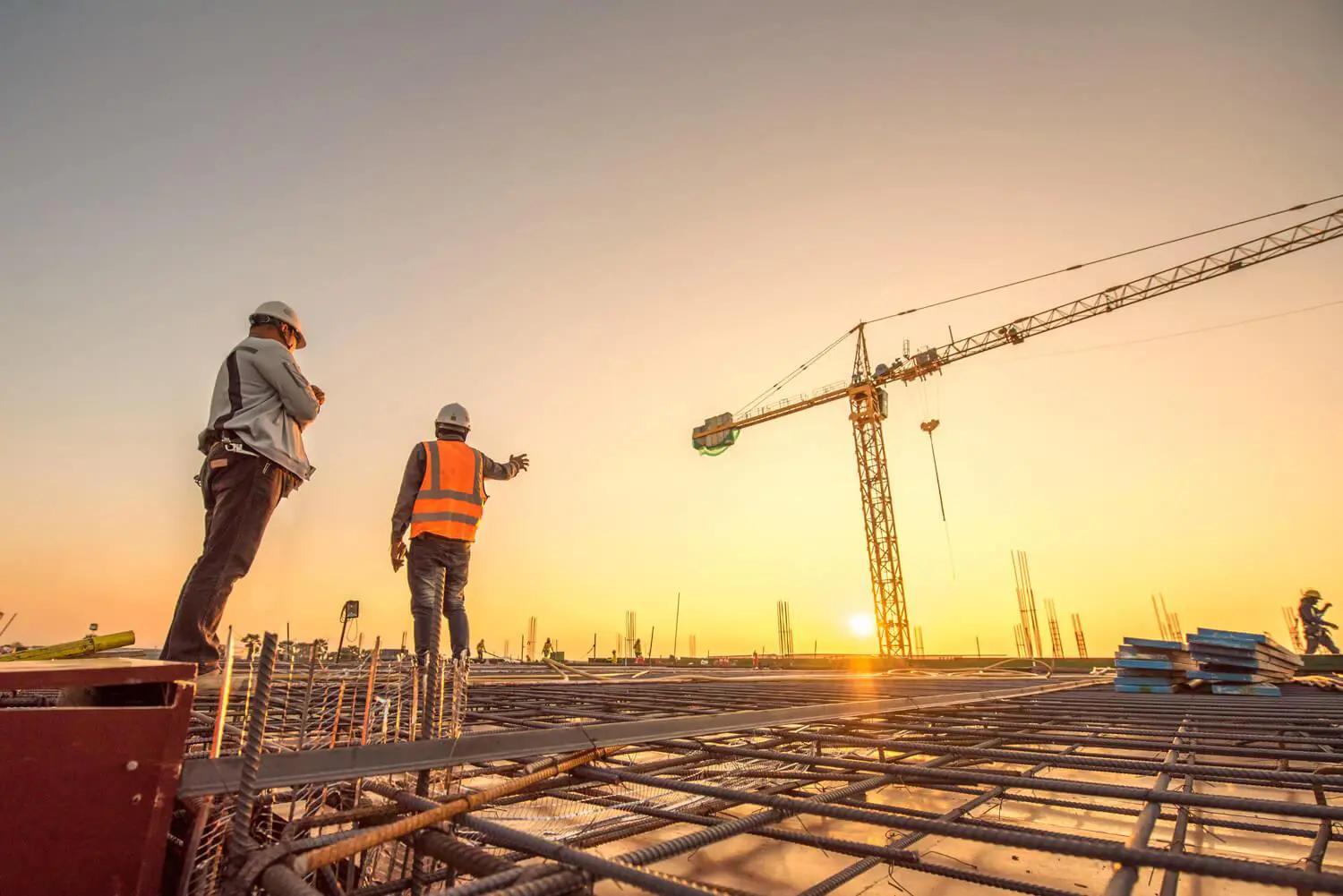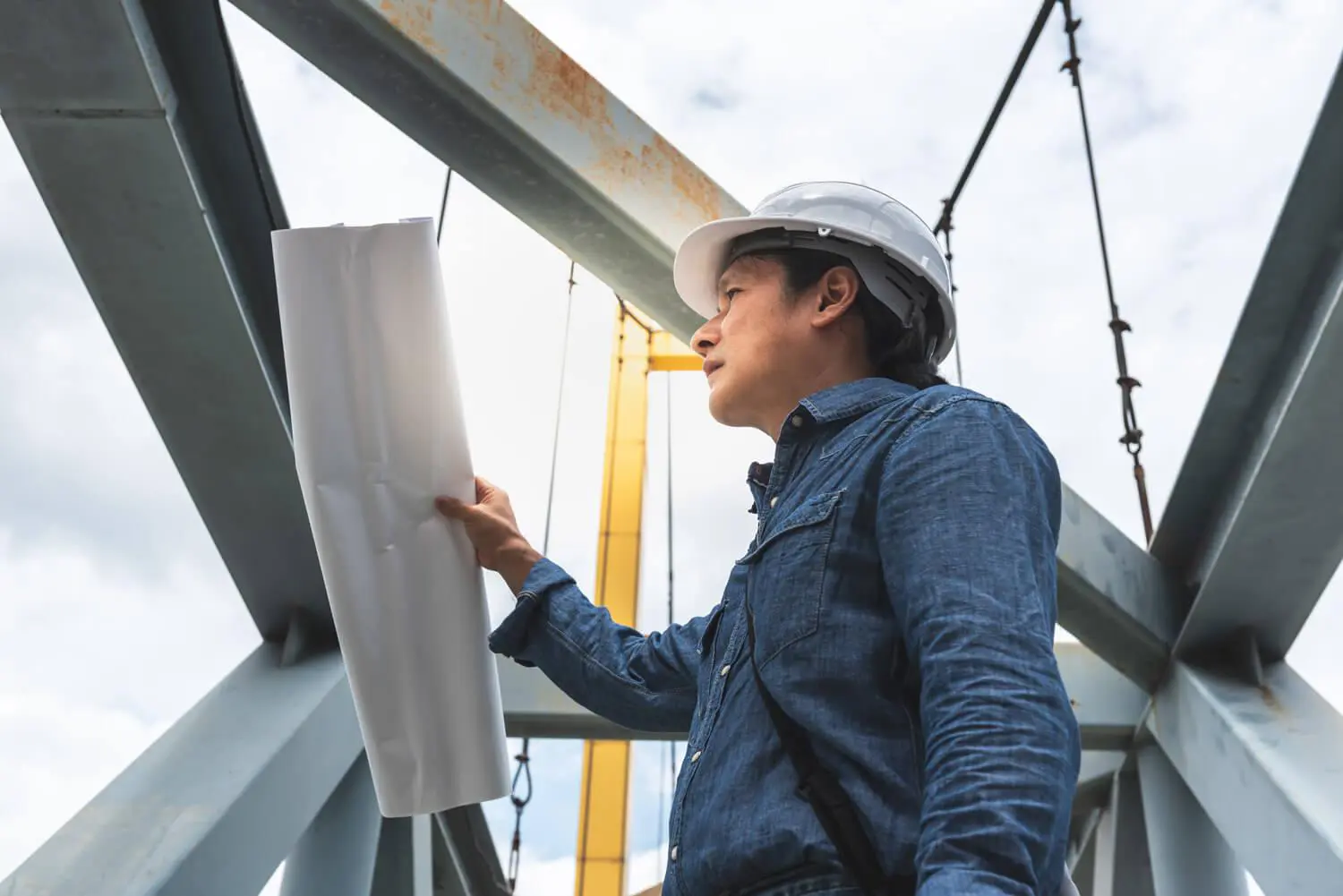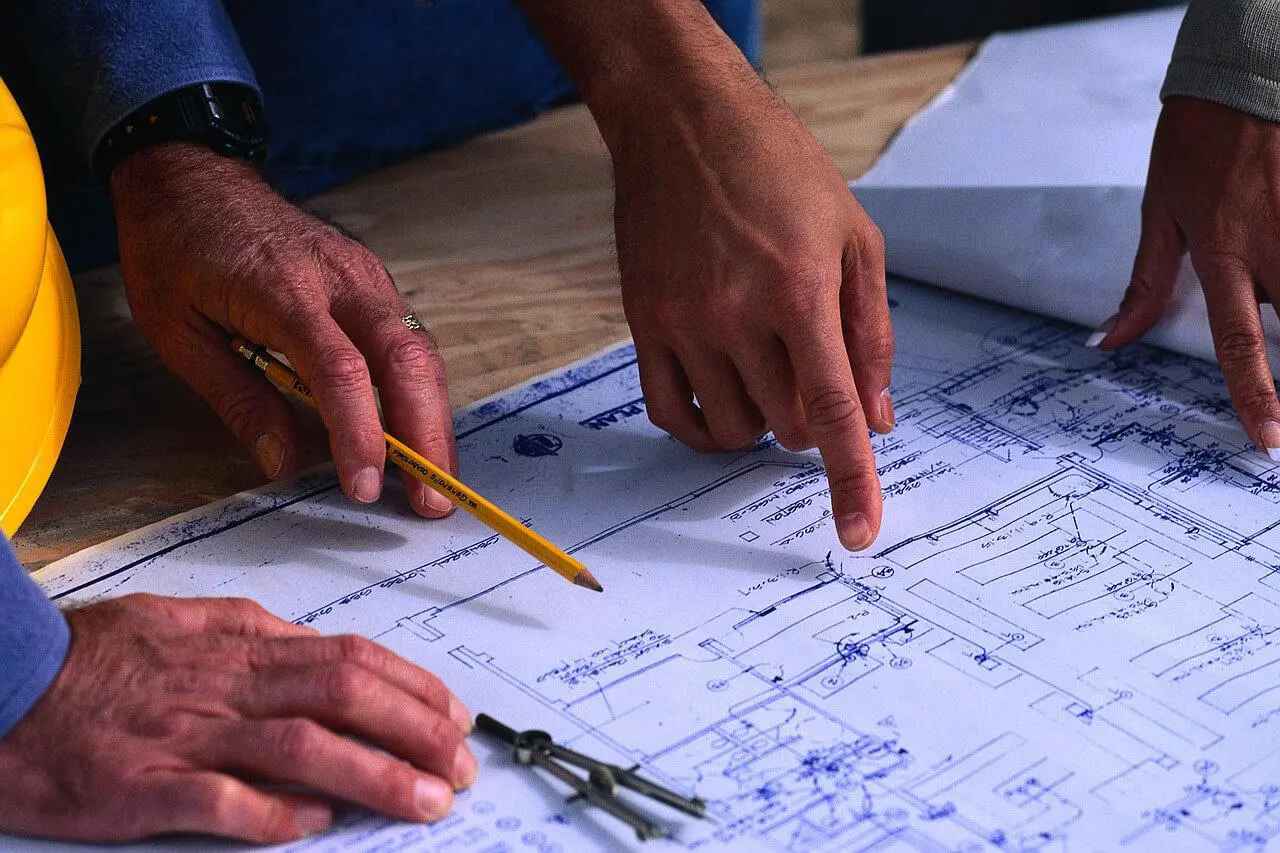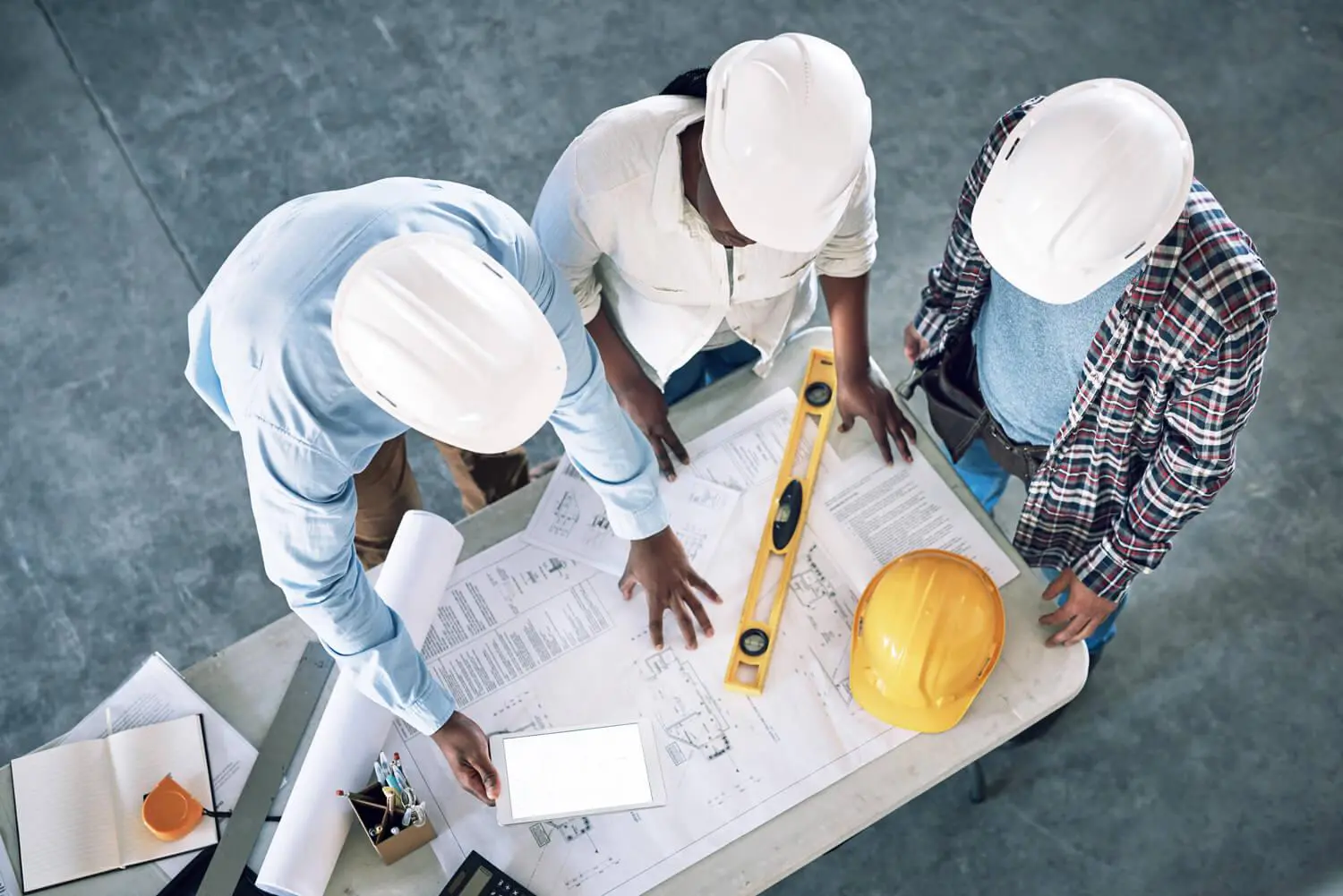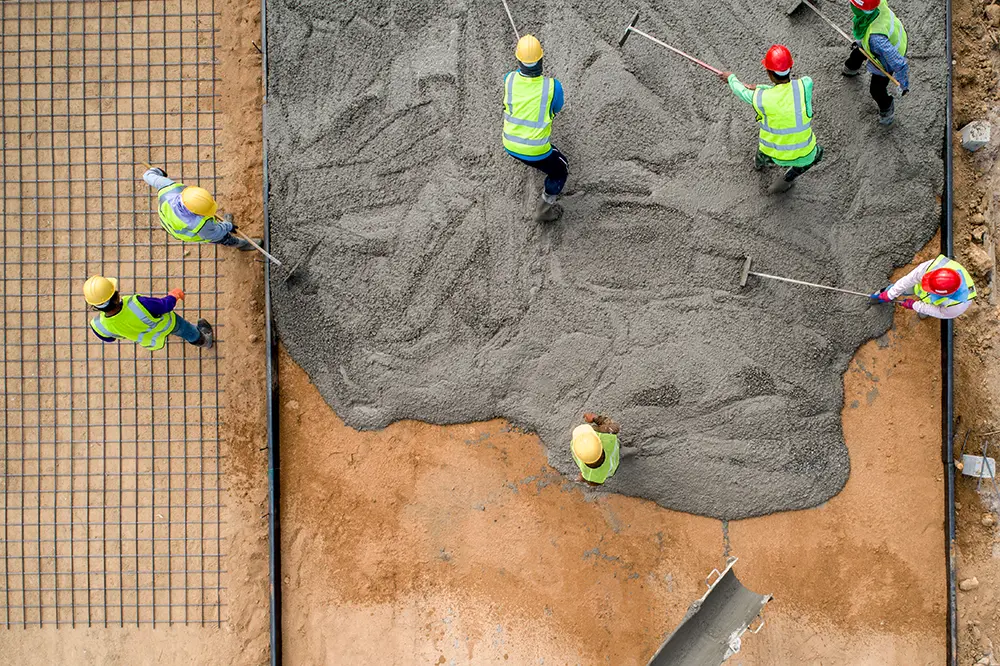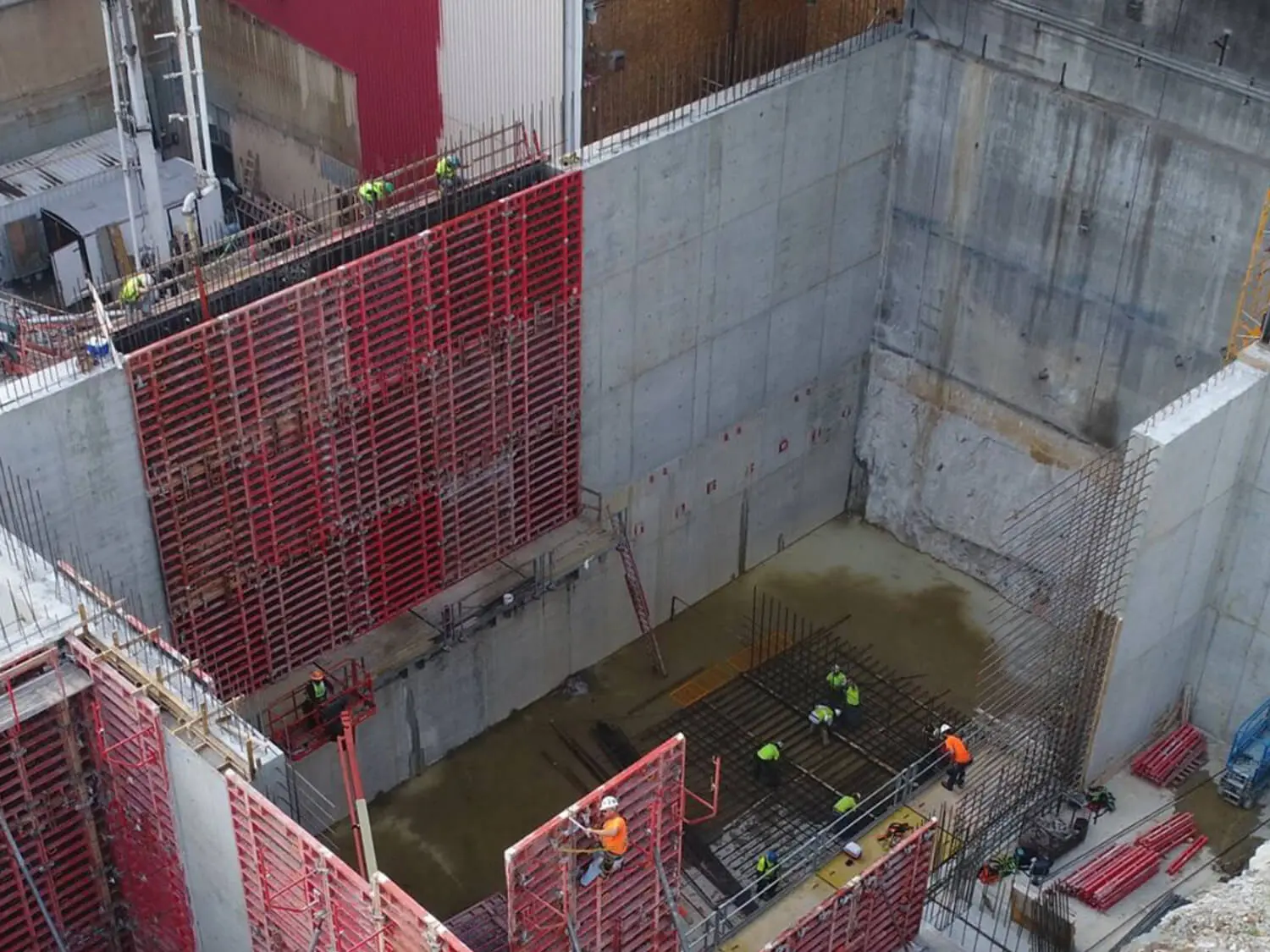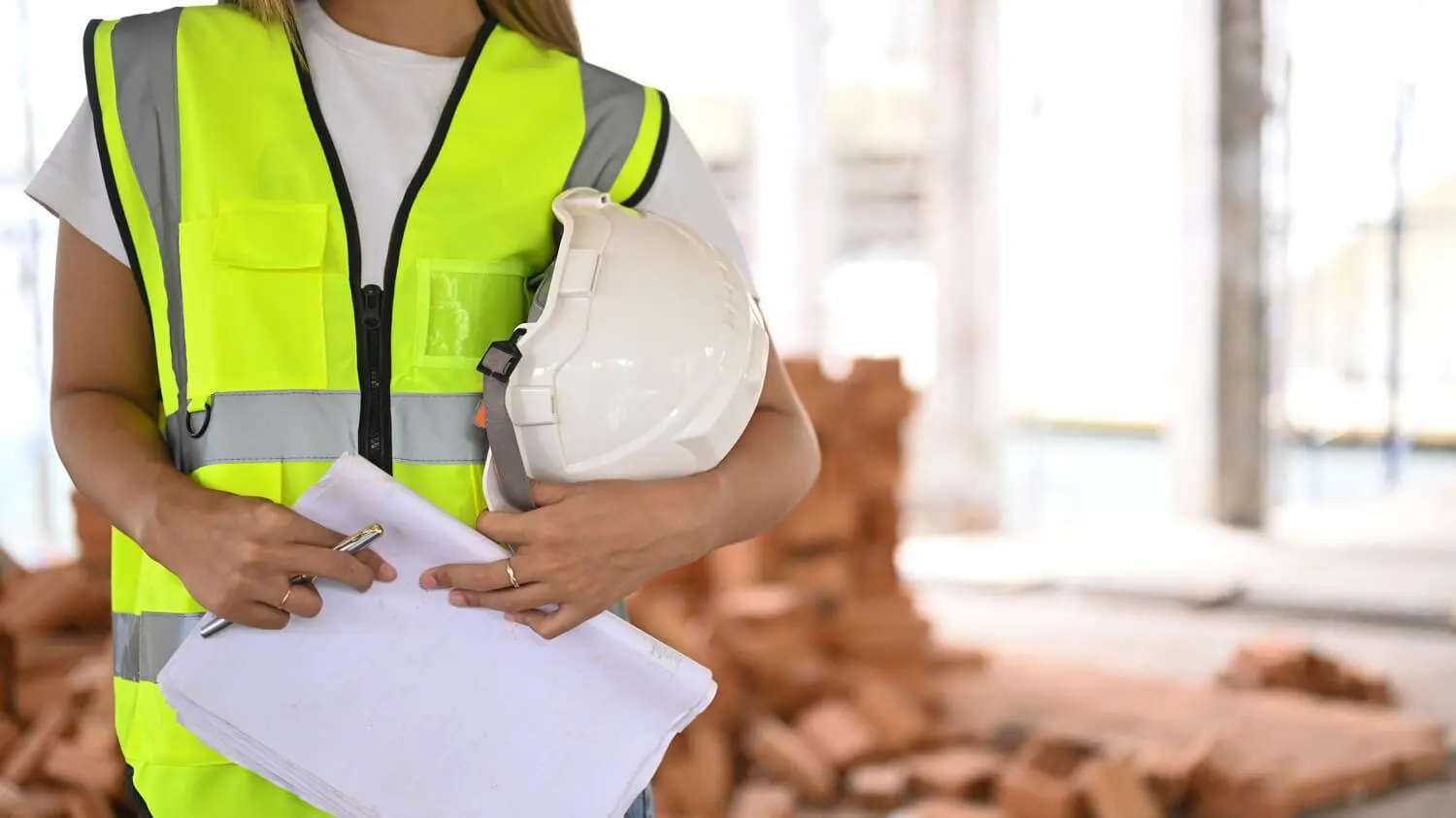OSHA cites falls as the leading cause of fatalities in the construction industry, and it is our duty to take all necessary precautions to prevent accidents from happening.
A is for Anchorage. The personal fall arrest systems (PFAS) anchorage is the last line of protection. It is critical that it is strong enough to support at least 5,000 pounds per employee attached because in case of a fall, the worker(s) will be suspended from this point until rescue. The anchorage should be located a safe distance from obstacles in case of worker fall and suspension. Potential onsite anchorage includes I-beams, girders, or columns. There are two main types of anchor systems: fixed point anchors and mobile point anchors.
The anchorage connector is the component that the connecting device is attached to the anchor. This could be a beam anchor, cross-arm strap, choker, or other secure device.
B is for Body Support. Proper body support requires the use of a full body protective harness. The full body harness has a center back fall arrest attachment that connects to the connecting devices with a D-ring, chest straps in the front, and straps that go around the upper thigh and buttocks. Proper fit is critical when selecting and wearing a body support system. An ill-fitting body support harness can restrict blood flow and circulation, causing loss of consciousness. If the leg straps are not worn properly, the harness can crush the femoral arteries after a fall cutting off circulation. Chest straps should rest in the mid-chest area. The chest strap should be fastened correctly, as it can ride up the neck in the event of a fall.
You can conduct this 5-point check to ensure proper full body harness fit:
- Check that the D-ring is positioned between the shoulder blades.
- Tug at the shoulder straps to ensure they cannot be pulled off the shoulders.
- Double check the pelvic strap under the buttocks.
- Ensure there is a four-finger space between leg strap and leg.
- Conduct a visual assessment of the harness checking all stitching, straps, etc.
C is for Connection. Connecting devices are the literal lifeline between the anchorage and body support. All connection devices work best when the anchorage point is directly overhead. There are different types of connecting devices, such as:
- Shock absorbing lanyards
- Non-shock absorbing lanyards
- Self-retracting lifelines (SRLs)
Shock absorbing lanyards are normally a 6-foot line that secures the worker’s full body harness to the anchorage. Self-retracting lifelines allow greater mobility for the worker and activate after just two feet of a fall.
D is for Descent/Rescue. It is important to have a plan in place to rescue a worker after a fall occurs. If the worker is alert and uninjured, a Self-Rescue is possible. Most often, if the fall is less than 3’, the worker can climb back up to the point of origin. If they have fallen more than 3’, an alternative rescue may be needed so a rescue plan should be in place.
The Right Equipment
Remember, the right equipment is crucial for safety. All fall protection systems should be installed by qualified personnel and checked regularly for maximum worker safety. Components from one manufacturer should not be mixed with components from another; individual fall safety systems are designed to work together. Always evaluate site conditions while hooking up fall protection safety equipment. When inspecting fall arrest equipment, look for fraying of lanyards, check the D-rings, and that the body harness straps are intact.
ABCDs of Fall Protection – White Cap. www.whitecap.com/fall-protection/abcds-of-fall-protection.

